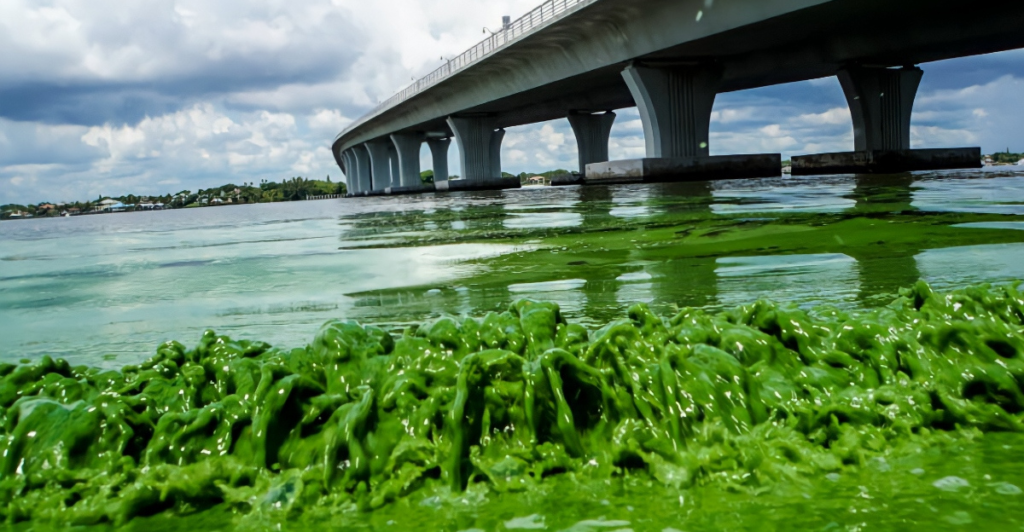
A new study from Michigan State University (MSU) may be changing the way we think about how climate change interacts with freshwater ecosystems. By analyzing 34 years of satellite data from over 24,000 U.S. lakes, researchers found that the link between climate changes and algal blooms is far more complex than previously thought. The findings emphasize the interplay of how geography, human activity, and environmental conditions all contribute to lake responses are significant for the management of water resources and climate adaptation strategies.
Study Challenges Climate-Algae Assumptions

The conventional narrative is that warming temperatures directly drive harmful algal blooms. However, MSU’s analysis of thousands of lakes shows that this connection only emerges in one-third of cases. Sustained increases in algal biomass were recorded at just 4% of the lakes, while 71% had only temporary changes. This challenges the notions of a uniform climate-algae relationship and highlights the need for localized management strategies.
Decades of Satellite Data Reveal Nuanced Patterns
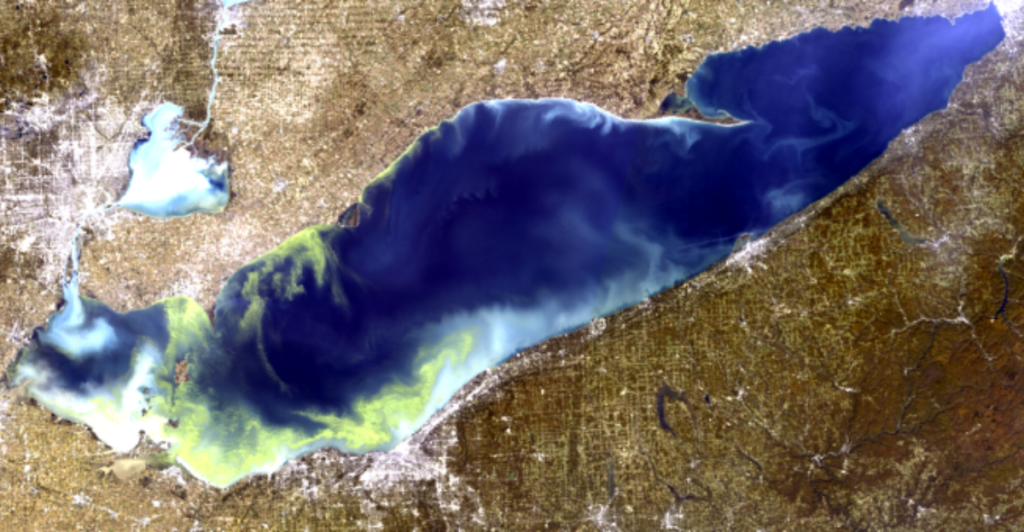
The research team used 34 years of satellite imagery to track algal biomass trends. This long-term perspective revealed striking regional contrasts: in high-altitude, low-disturbance areas, lakes had clear climate responses, whereas human-impacted waters exhibited muted or inconsistent responses. Such variability underscores the limits of broad climate projections for individual ecosystems.
Human Activity Obscures Climate Signals
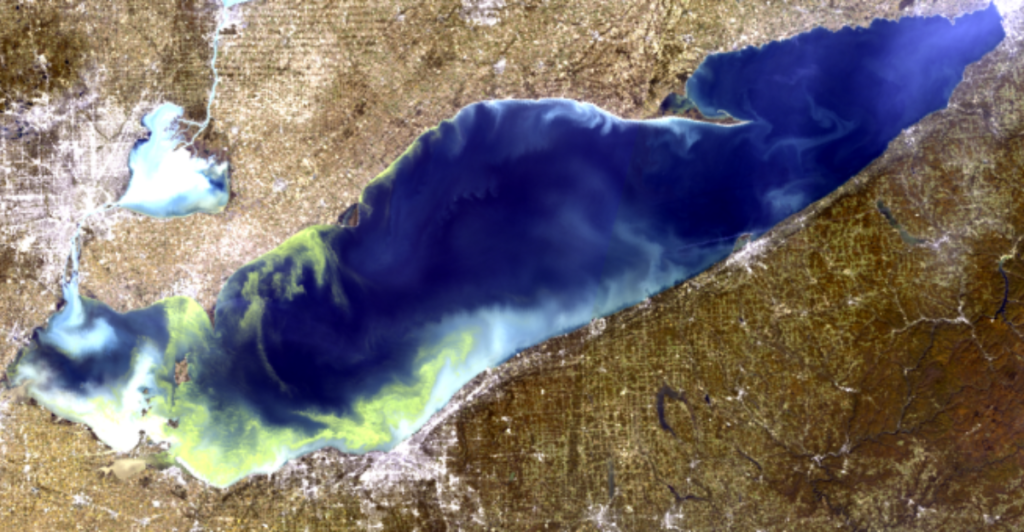
A surprising finding emerged in lakes heavily influenced by human activity, particularly agricultural run-off. These nutrient-rich environments exhibited weaker correlations between climate variables and algal growth compared to pristine lakes. Researchers suspect that extra nutrient inputs might overwhelm natural, climate-response processes, creating ecological “noise” that obscures warming effects.
Machine Learning Bridges Data Gap

Overcoming sparse historical records presented a challenge for scientists, who turned to a combination of satellite data and machine learning algorithms. This novel approach allowed the analysis of 24,500 lakes — a scale previously unattainable. The team combined this information with the LAGOS-US platform to produce a geospatial database of U.S. lake characteristics.
Five Categories of Climate Response
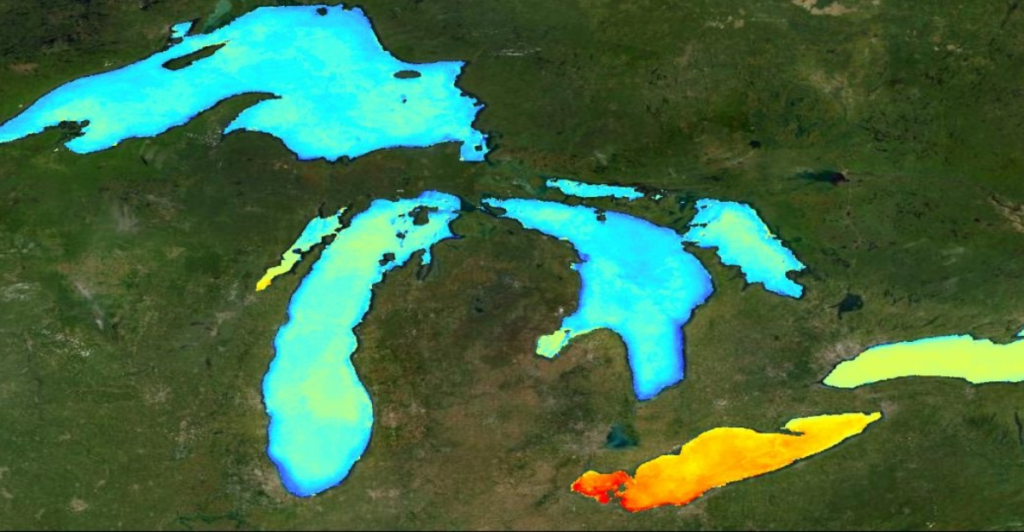
The study classifies lakes into five categories depending on their responses to climate shifts:
1. Climate-sensitive pristine lakes (high elevation, minimal human impact)
2. Moderately impacted lakes with variable responses
3. Heavily altered lakes with constrained responses
4. Lakes with gradual, climate-independent trends
5. Systems showing no discernible pattern
This taxonomy can assist policymakers in prioritizing conservation efforts.
Pristine Lakes as Climate Sentinels
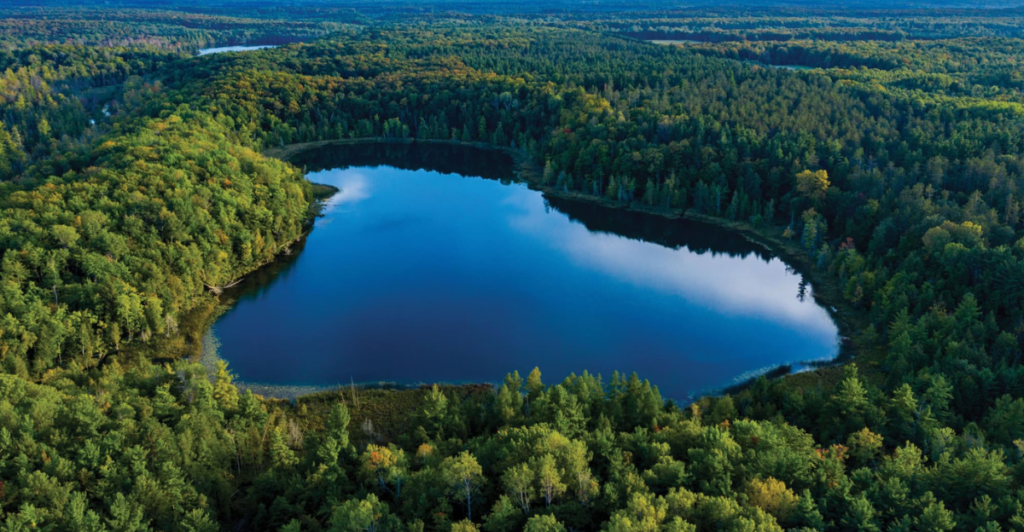
Undisturbed high-altitude lakes became critical indicators of climate impacts. These systems showed the strongest links between warming temperatures and algal biomass increases. Their relative isolation from human activity makes them ideal for studying “pure” climate effects, providing baseline data for environmental monitoring.
The Paradox of Moderately Impacted Lakes

Lakes with moderate human influence exhibited the most unpredictable behavior. Some displayed climate-driven change, but others fluctuated based on local conditions such as land use or invasive species. This variability complicates management but also provides opportunities for targeted interventions.
Nutrient Pollution Overpowers Warming Effects
In agricultural areas, heavy inputs of phosphorus and nitrogen seem to override climate signals. These hyper-eutrophic lakes revealed either gradual algal increases or no clear trend at all — a warning sign that existing pollution levels may already push ecosystems beyond climate tipping points.
Wildlife Impacts: A Ripple Effect
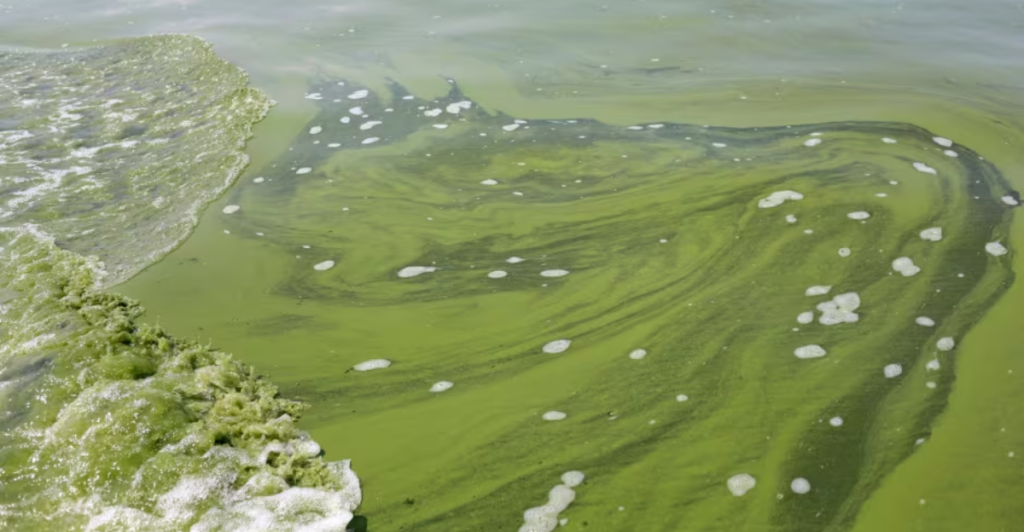
The effects of altered algal dynamics extend beyond water quality and significantly impact aquatic wildlife. Increased sea temperatures can also promote harmful algal blooms, which produce toxins that can endanger fish populations and other organisms, disrupting food webs and causing biodiversity declines. These habitats are critical to species like amphibians and waterfowl, whose food sources may be diminished as they encounter toxic exposure, resulting in increased mortality and decreased populations and ecosystem roles.
Habitat Loss and Species Migration
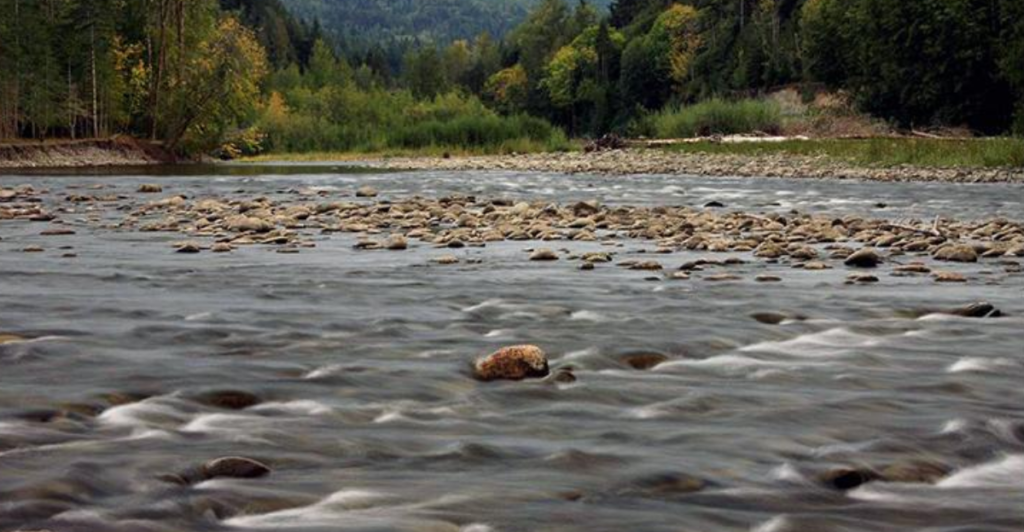
While some lakes respond to climate change and human impacts, wildlife may have to adjust or migrate to survive. Changes in temperature and water quality can alter places where fish and amphibians breed, possibly causing them to seek more suitable habitats. This migration can lead to competition for dwindling resources among species, but it can also disrupt ecological balances within those freshwater systems.
A New Framework for Predictive Modeling
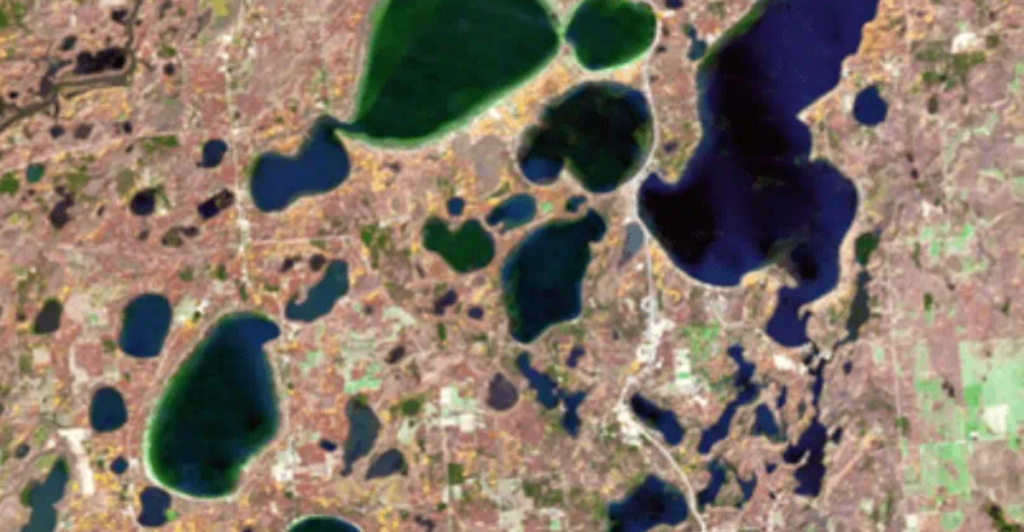
The integration of satellite data, machine learning, and ecological databases at MSU could serve as a template for large-scale ecosystem analysis. The team’s models also incorporate interactions among variables such as watershed characteristics, climate history and land use, a multidimensional approach that is important for accurate predictions.
Management Implications for Water Resources
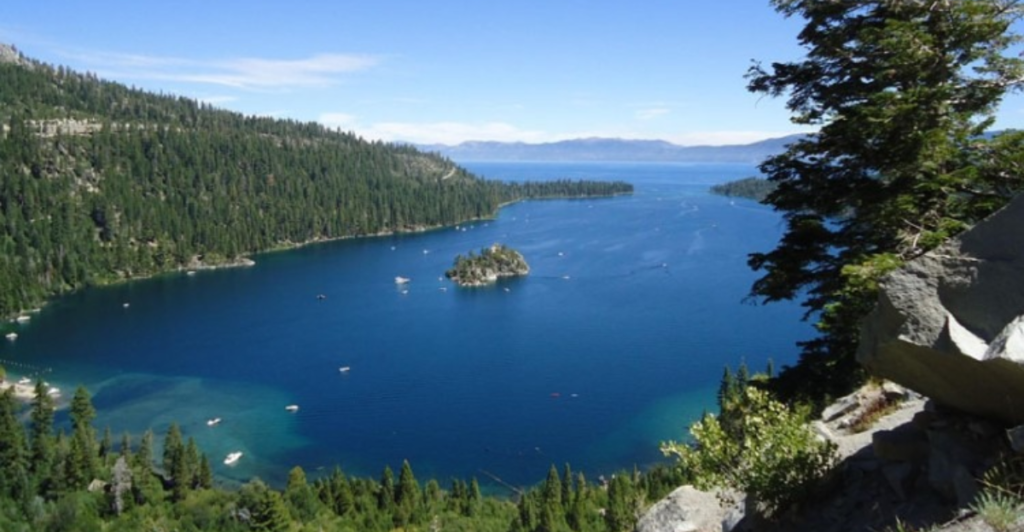
Kendra Spence Cheruvelil emphasizes that effective strategies have to recognize local context. High-altitude pristine lakes, for instance, need to be protected from climate factors, while agricultural regions require nutrient management. The research advocates for adaptive policies that adjust as climate patterns emerge.
Beyond Lakes: A Blueprint for Ecosystems
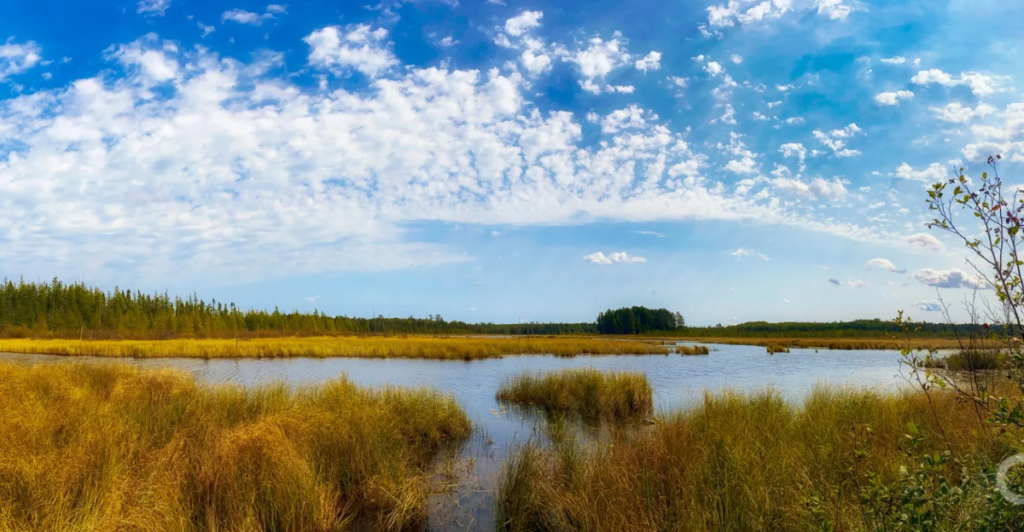
While focused on freshwater systems, this research provides methodologies that apply to forests, wetlands, and other climate-vulnerable habitats. These insights into incorporating long-term data and localized responses form a framework for managing ecological complexity in an age of rapid environmental change.
Breaking New Ground

By unraveling the tangled web of climate interactions in freshwater ecosystems. MSU’s work marks a paradigm shift om environmental science. It highlights the necessity of moving beyond one-size-fits-all climate narratives and developing management frameworks that must match the diversity of ecosystems they protect. As global temperatures continue to rise, such nuanced understanding will be critical in protecting both natural resources and the humans that rely on them.
Explore more of our trending stories and hit Follow to keep them coming to your feed!

Don’t miss out on more stories like this! Hit the Follow button at the top of this article to stay updated with the latest news. Share your thoughts in the comments—we’d love to hear from you!







